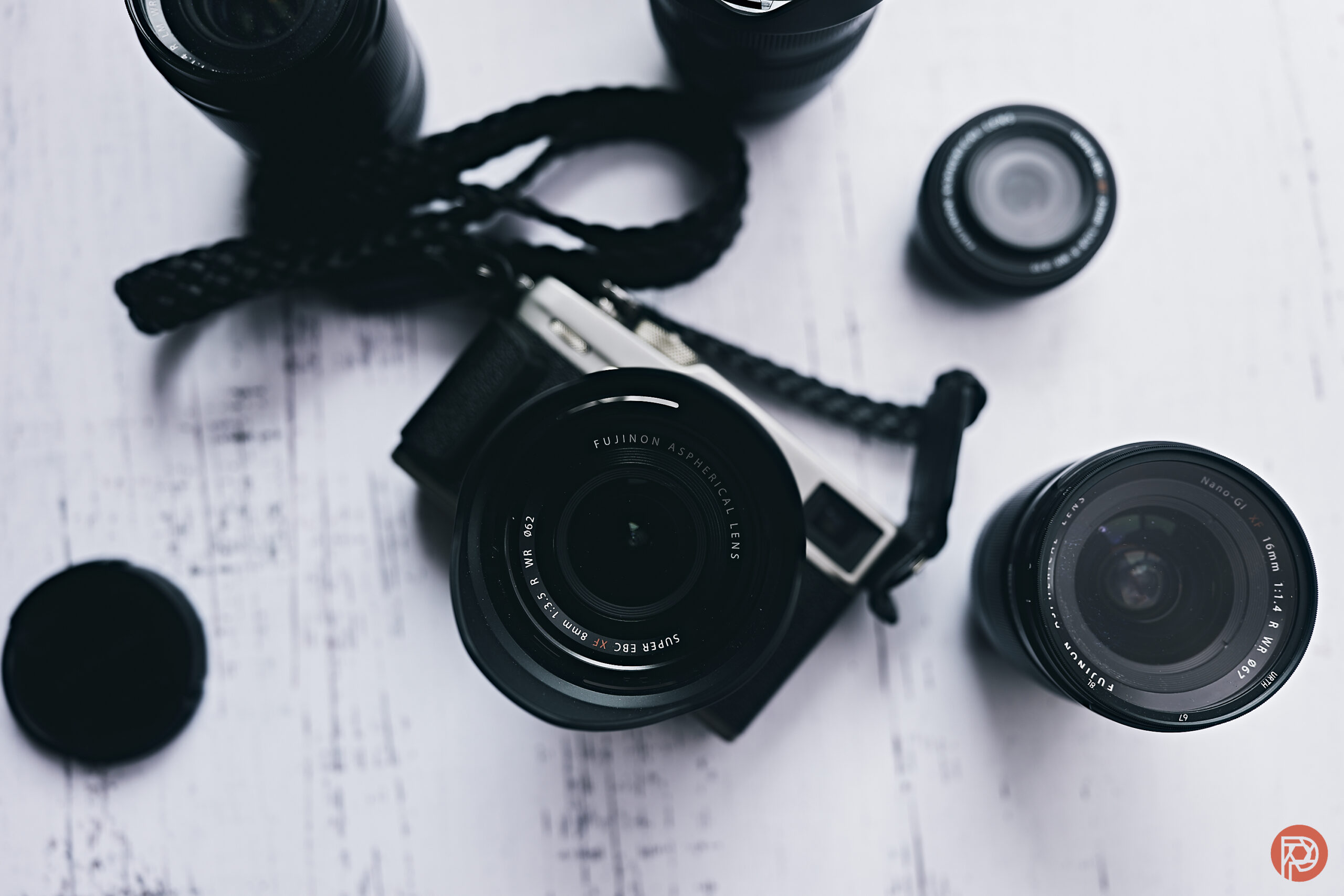Ultra-wides are hard to come by on crop sensor cameras, but even rarer still is the ultra-wide that balances reduced distortion with beautiful flare and colors. As the widest Fuji-branded prime available for the X mount, the Fujifilm 8mm f3.5 takes a focal length that’s typically a fisheye and manages to actually keep lines straight. That, coupled with the 120-degree view, makes the lens not only ideal for wide vistas but easy zone focusing for street photography as well.
Ultra-wides are hard to engineer. And as a 12mm-equivalent, the Fujifilm 8mm f3.5 has a lot to live up to. Is the Fujifilm 8mm f3.5 R WR the unicorn lens for the X system?
Table of Contents
The Big Picture
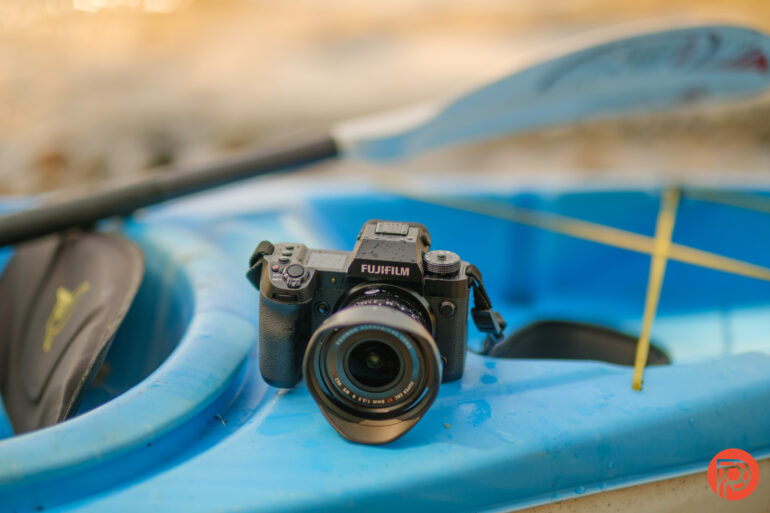
The Fujifilm 8mm f3.5 is the answer for any Fuji-tographer that thinks the $1,500, 1.8-pound Fujifilm 8-16mm f2.8 is too pricey or heavy to add to a kit. At $800 and half a pound, it’s an easy choice for photographers concerned about weight and cost. And while the prime loses some of the flex and wide aperture of the zoom, it still delivers epic wide views with great colors and soft flare. It’s a lens that fits easily into a Fujifilm bag, with a similar metal weather-sealed build and simple design.
Pixel peepers will always find something to whine about (sort of like my kids) — and with this lens, it’s the lack of sharpness at the edges which is fairly common with a non-fisheye ultra-wide. This lens also isn’t a great bokeh-maker.
Overall, the mix of the wide view with straight lines, great color, soft flare, lightweight design, and $800 price point will make this lens an easy favorite for many. I’m giving the Fujifilm 8mm f3.5 five out of five stars.
Pros
- Compact design
- Lightweight to carry around
- Weather-sealed, metal lens
- Non-fisheye 120-degree field of view that keeps lines pretty straight
- Great color without noticeable chromatic aberration
- Fun perspective distortion
- Get nearly everything sharp at f8
- Naturally, autofocus is also pretty quick, excluding objects moving super close to the lens
- More affordable than the 8-16mm f2.8 zoom
Cons
- Sharpness falls off quickly toward the edges
- An 8mm f3.5 isn’t going to be a bokeh king
Gear Used
I used the Fujifilm 8mm f3.5 with the Fujifilm XH2 and the Fujifilm XT4. The lens and XH2 are on loan from Fujifilm; the X-T4 is my own.
Innovations
Introduced in 2023, the Fujifilm 8mm f3.5 is designed to be able to hold up to 40-megapixel bodies. Fujifilm also designed the lens to suppress aberrations. And the fact that it’s not a fisheye is a rare plus as well.
Ergonomics
The Fujifilm 8mm f3.5 is a compact lens that’s easy to carry. Here’s the tour of the camera taken from our first impressions pre-review:
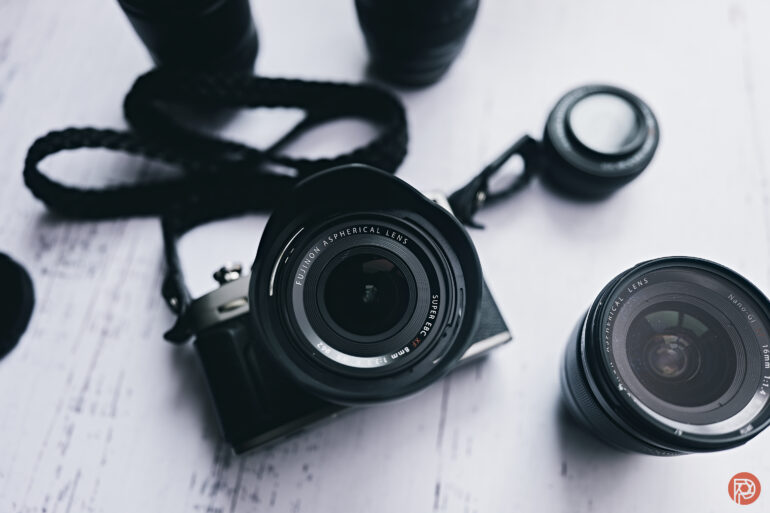
Here’s a look at the Fujifilm 8mm f3.5 R WR lens. The front has a 62mm filter thread, which you should remember if you want to remove the lens hood as badly as I do. Replace it with a lens filter, and you’ll probably be delighted. But if you’re looking for those film vibes, you might not need it.
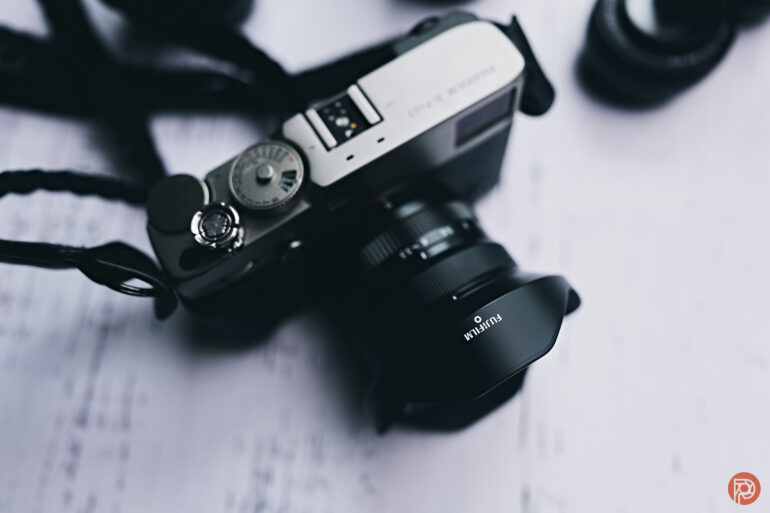
Here’s a look at the top of the Fujifilm 8mm f3.5 R WR. There’s a focusing ring towards the top and an aperture ring at the back. Said aperture ring can be set to the automatic mode too. It’s overall tiny, but still comfortable.
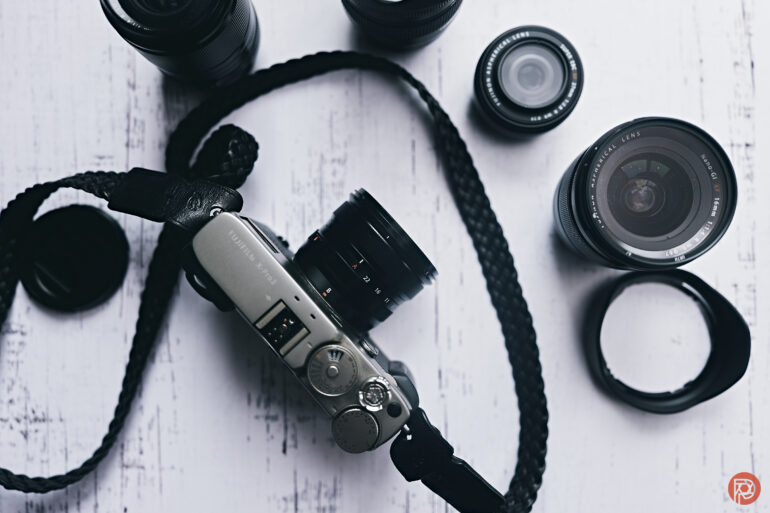
Here’s a look at the lens without the lens hood. Here, it resembles a few more classic lenses than the newer Fujifilm options.
Build Quality
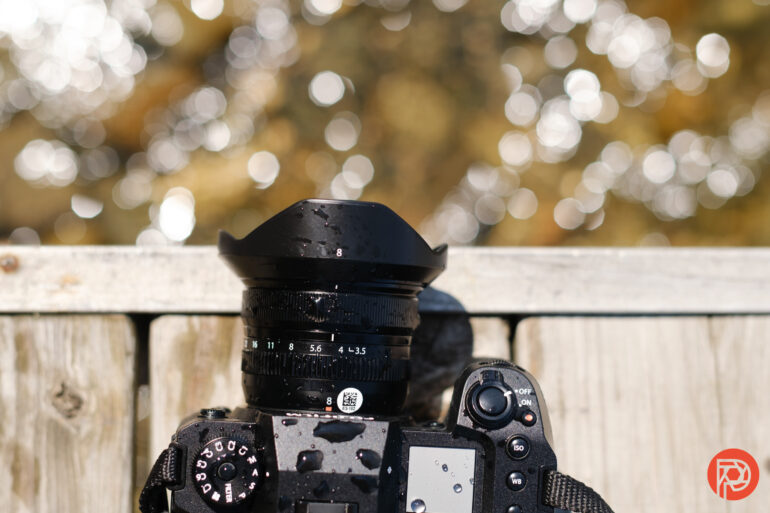
One of the reasons I bought into the Fujifilm system is the metal lenses. The Fujifilm 8mm fits right into the rest of the line-up. It has a similar metal feel with a comfortable turn to the dials.
The WR in the lens’ official name stands for weather-resistant. I splashed the lens with lake water, and the lens was unphased. I did have one tiny spec of dust on the camera’s sensor over the course of my review — but I can’t with any confidence say it didn’t get there during one of the multiple lens swaps.
Focusing
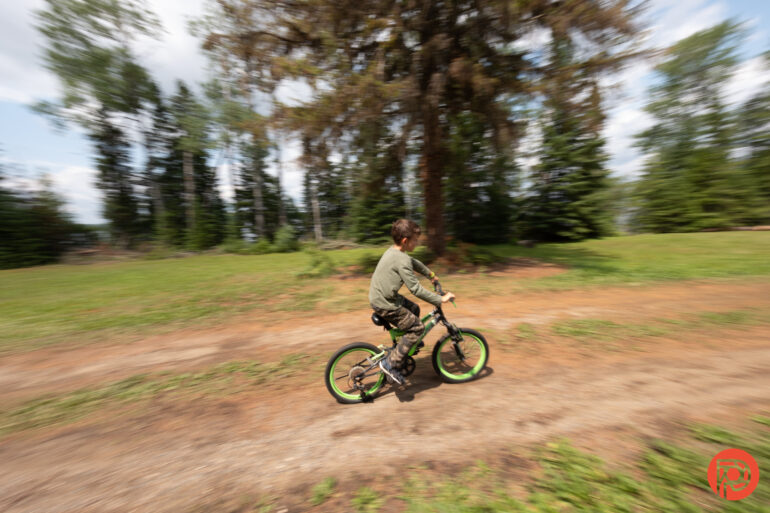
Ultra-wides tend to have an easier time focusing than telephotos — it’s just physics. In fact, Fujifilm says that if you set the focus to 36 cm at an f8 aperture, everything from the minimum focus distance to infinity will be within the focal field. I found setting the focus distance to .5m at f8 was a bit more accurate at getting everything in focus. (But, that could also be due to the fact that the only focal scale is the digital one inside the viewfinder.) That makes it easy for photographers looking to capture everything sharp, like in architecture, street photography, or landscapes. That also simplifies things for shots that are naturally difficult to focus on, such as panning action shots. The 120-degree angle and ability to get everything in focus also make it possible to use this lens like a GoPro for unpredictable or first-person action shots.
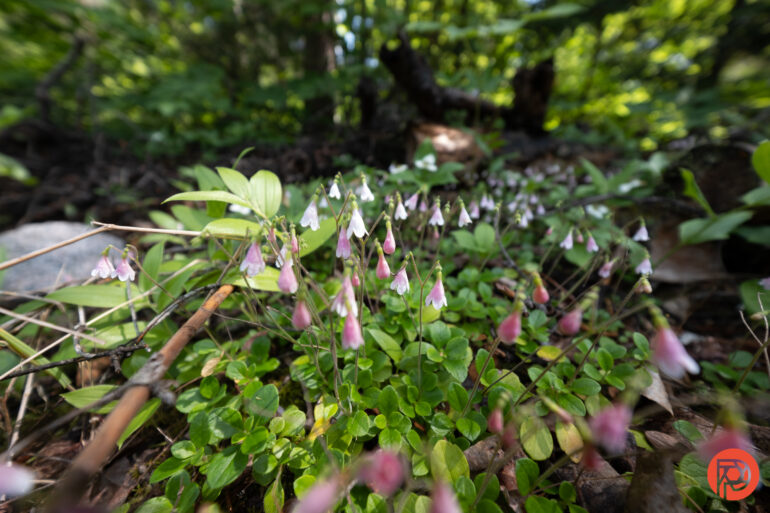
The lens can focus on objects roughly six feet — .18 meters — from the front of the lens. While that’s not macro territory, this lens is a lot of fun to create some unique perspective distortion with on smaller objects like flowers.
Naturally, as a lens that’s capable of getting everything in focus at just f8, focusing on action was a bit easier than some other Fujifilm lenses. Photographing a child on a bike heading straight towards the camera, the system didn’t drop focus until the bike got too close. It dropped focus a bit further than six feet, so if you are planning on standing close to the action, you’ll want to narrow the aperture down from f3.5.
Ease of Use
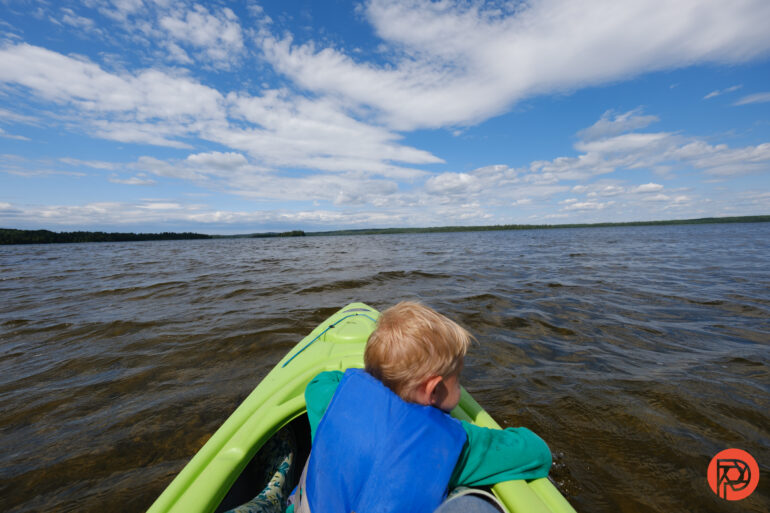
The Fujifilm 8mm f3.5 has a nearly identical design to every other Fujifilm lens in my bag. That means if you‘ve used Fuji X lenses before, you’ll have no trouble adjusting to the 8mm. The only thing that I think would have helped — especially with everything in focus at 36cm at f8, is a focal distance scale. Using the digital scale in the viewfinder, .5m felt more like everything was in focus. It’s pretty typical of Fuji lenses to lack one, though.
The only real trick to using this lens is just the ultra-wide view. The 120-degree perspective is broader than human vision, so distractions you can’t see may still wind up on the edges of the frame.
The lens doesn’t use stabilization. But, at 8mm, it’s not necessary unless you’re trying to take handheld long exposures. Even without a stabilized body, the reciprocal rule says you should be able to handhold this lens at 1/8th of a second. On the stabilized XH2, I could take handheld long exposures about a second long, bracing my elbows.
Image Quality
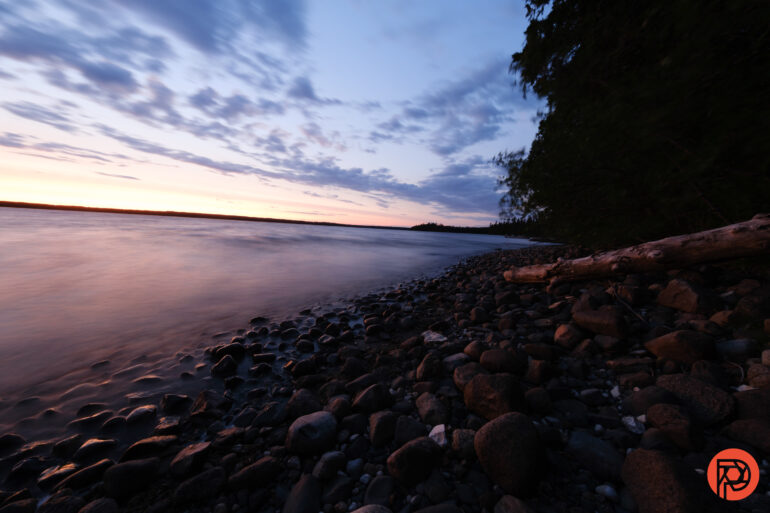
The wide, 120-degree field of view on the Fujifilm 8mm f3.5 meshes with minimal line distortion and soft flares. The result? Lovely, yet dramatic wide images. The ultra-wide view has a lot of different uses, from exaggerating perspective distortion to capturing dramatic wide landscapes to creating first-person POV shots. While this isn’t a lens for bokeh lovers, the wide view and halos around light sources make it a pretty fun creative tool.
Bokeh
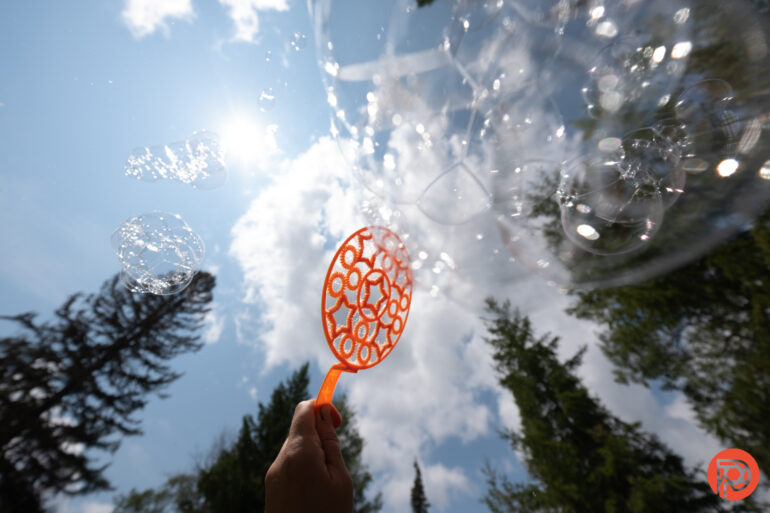
Ultra-wides aren’t known for their bokeh, and as an f3.5 on a crop sensor, there’s nothing really spectacular here. Points of light real close to the lens can occasionally create tiny bokeh. Using the close-focusing capability at f3.5 is the only way to really get some background blur. This does create a unique look, mixing the 120-degree view with perspective distortion and some background blur. But, it’s not the lens for bokeh snobs.
Color Rendition
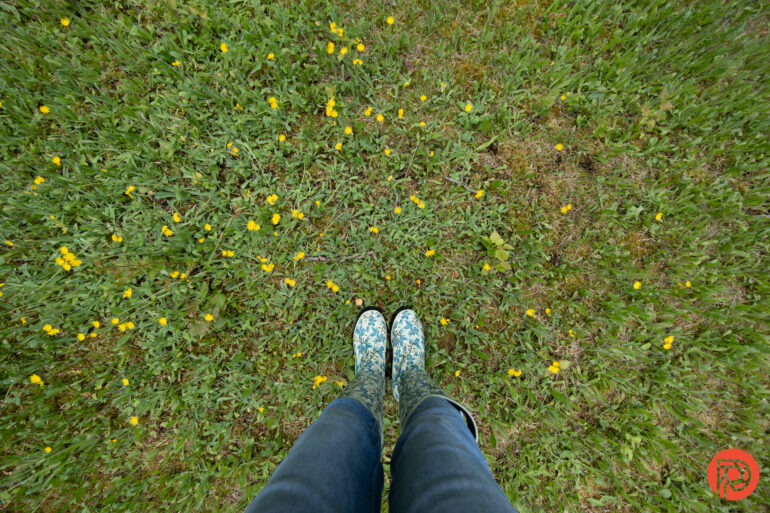
Fujifilm’s X lenses and bodies produce my favorite color renditions — and the 8mm is no exception. Even in RAW images, I couldn’t find the common purple fringing on backlit tree branches. The lens created colors consistent with my other X series lenses — colors are outstanding all around. Shooting with flare, the colors are still largely recoverable on RAW files, but attempting to even out a high-contrast scene in post does make those colors less happy.
Lens Character
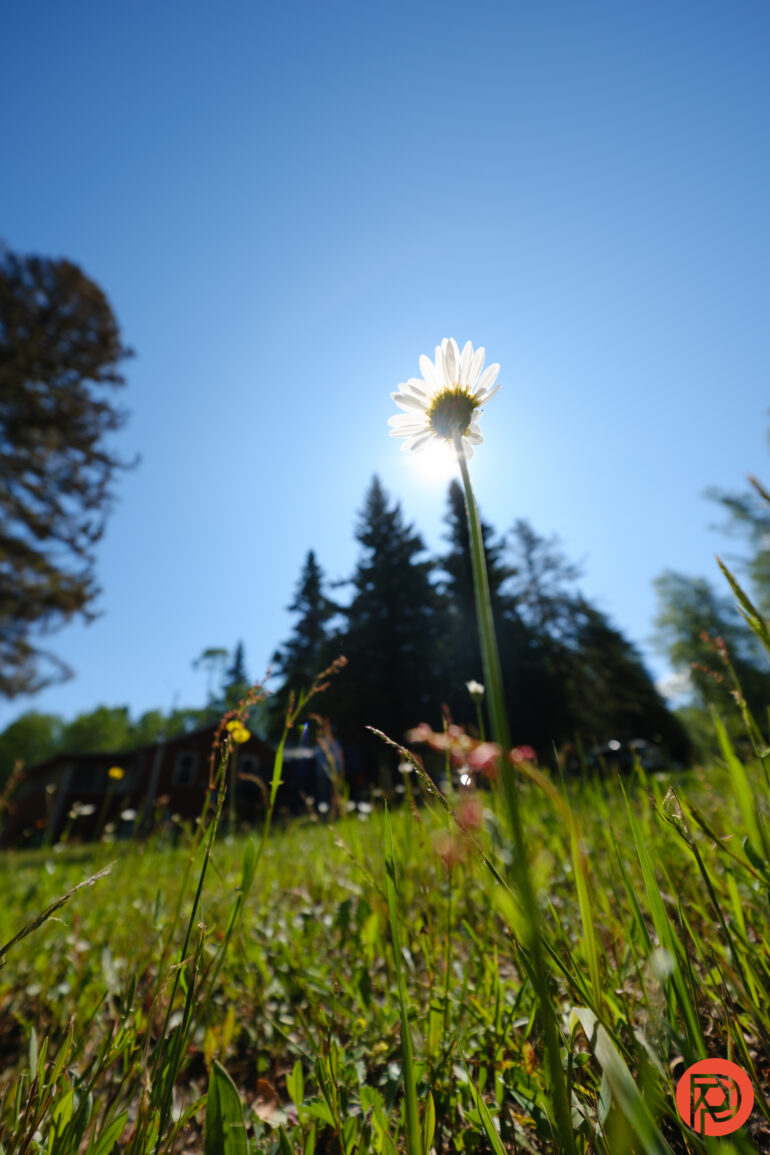
While an 8mm will quickly create dramatic perspective distortion, this lens kept horizon lines pretty straight. It doesn’t have that obvious line bending that’s more typical of these ultra-wides. But, it bends lines quickly through perspective distortion if you angle the camera rather than shoot straight on.
Directing this lens towards the light creates soft blooms of light rather than dramatic flare with ghosting spots. It’s a subtle way of adding great character to the images, whether that’s city lights at night or the sun during the day. The soft flare is one that I think will please a lot of photographers.
Sharpness
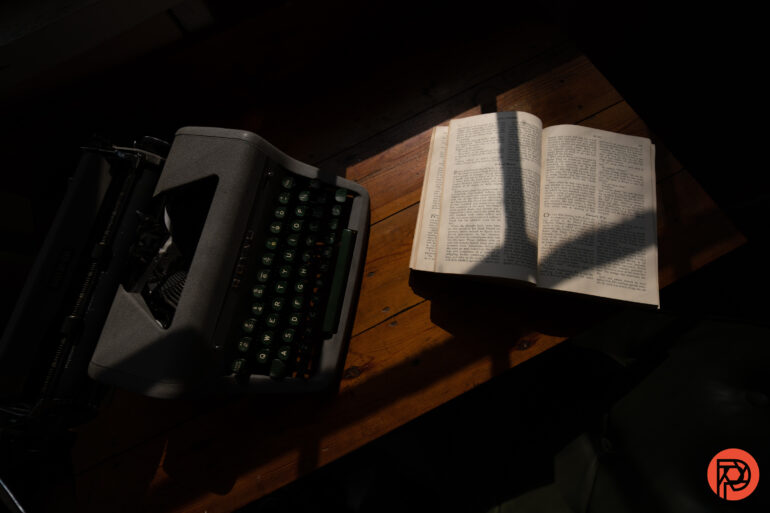
The Fujifilm 8mm f3.5 is nicely sharpened at the center. But, the sharpness does fall of very quickly towards the edges. The negative side effect of creating a 12mm equivalent that’s not a fisheye is that those edges, while straight, don’t hold up to the same quality of the center. This isn’t a lens that you will want to place the subject on the very edge with.
Extra Image Samples
From day one, The Phoblographer has been huge on transparency with our audience. Nothing from this review is sponsored. Further, lots of folks will post reviews and show lots of editing in the photos. The problem then becomes that anyone and everyone can do the same thing. They’re not showing what the lens can do. So we have a section in our Extra Image Samples area to show edited and unedited photos. From this, you can make a decision for yourself.
Unedited
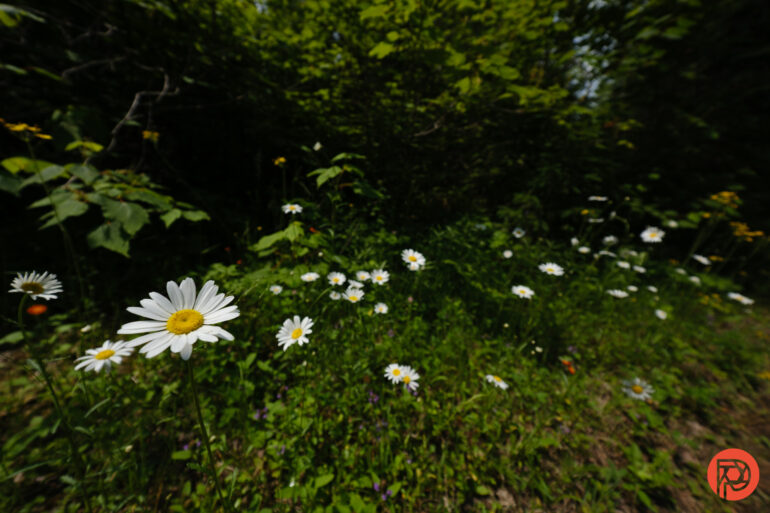
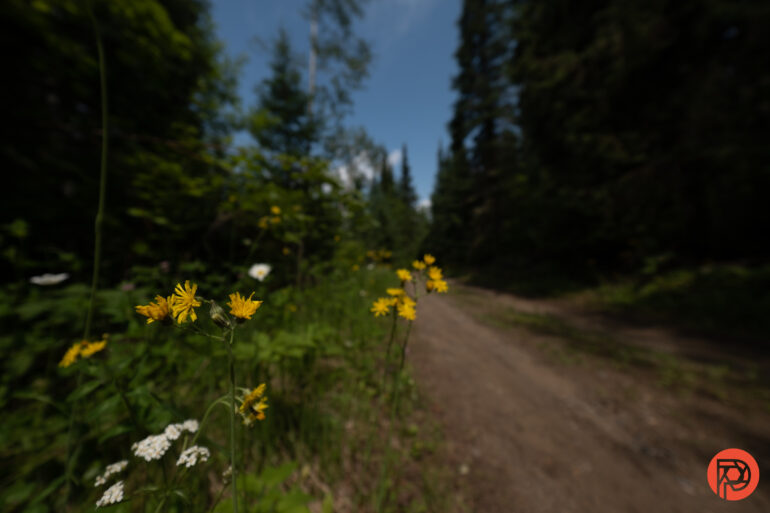
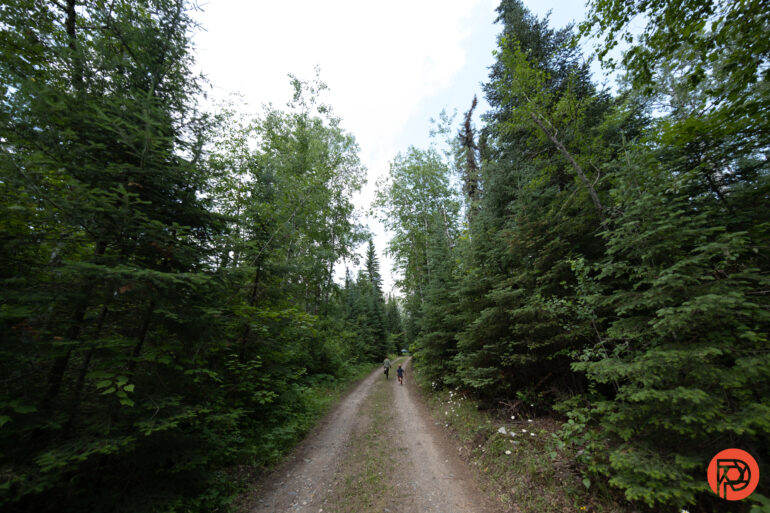
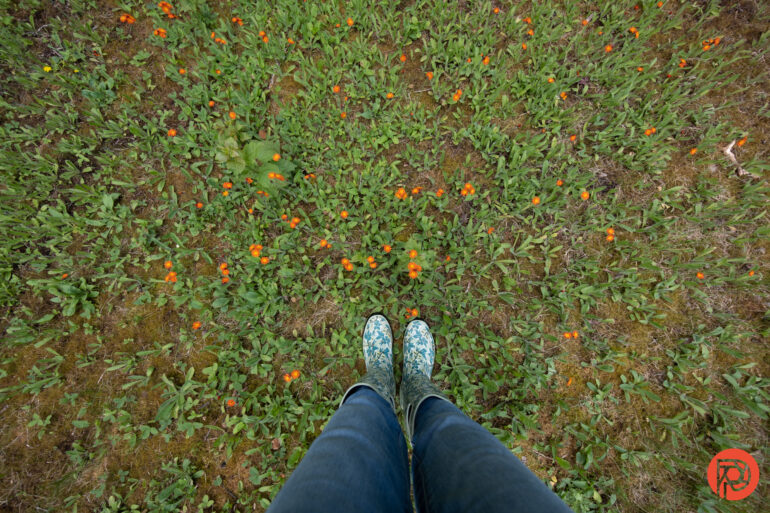
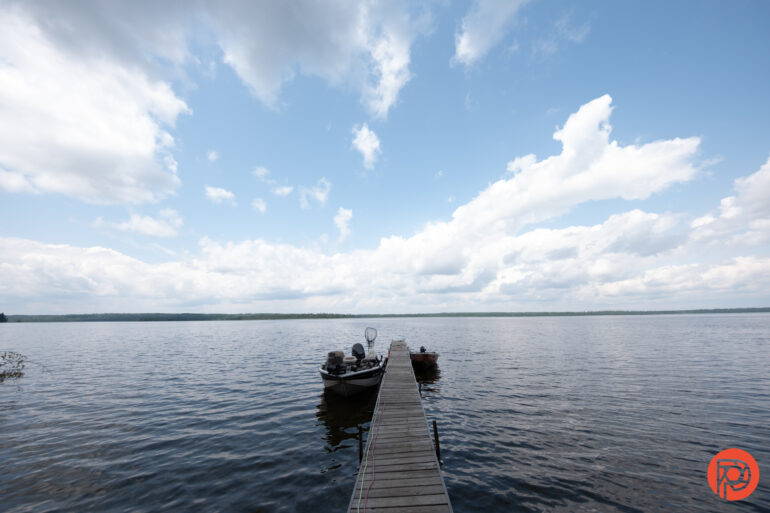
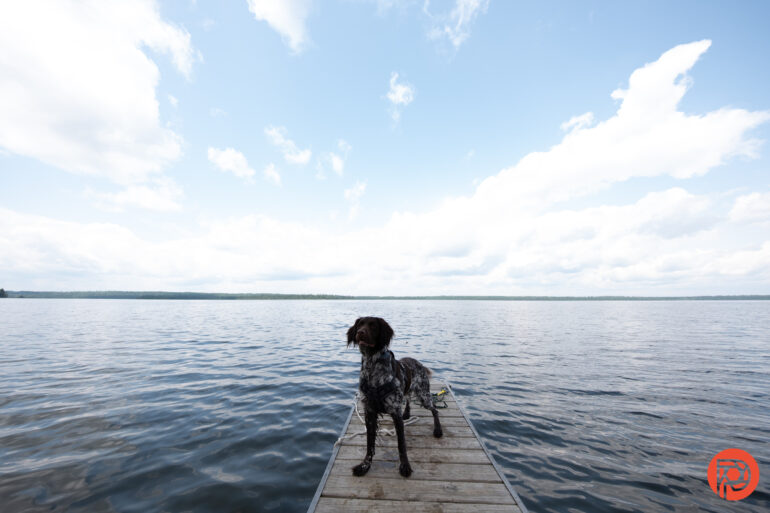
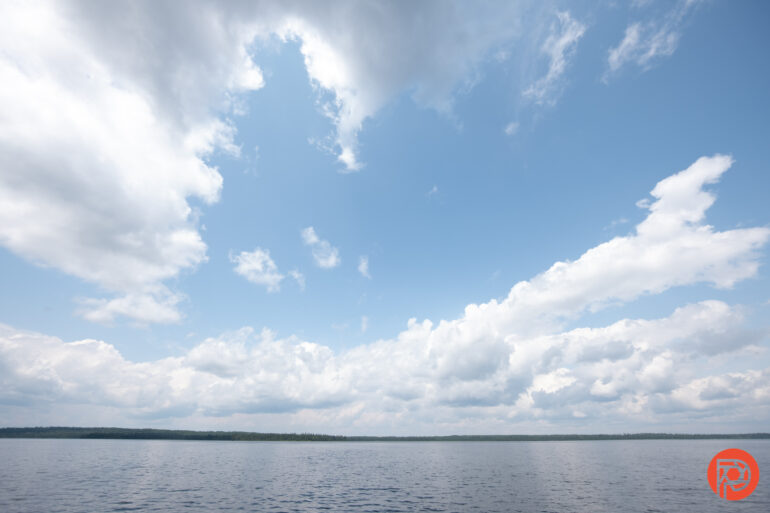
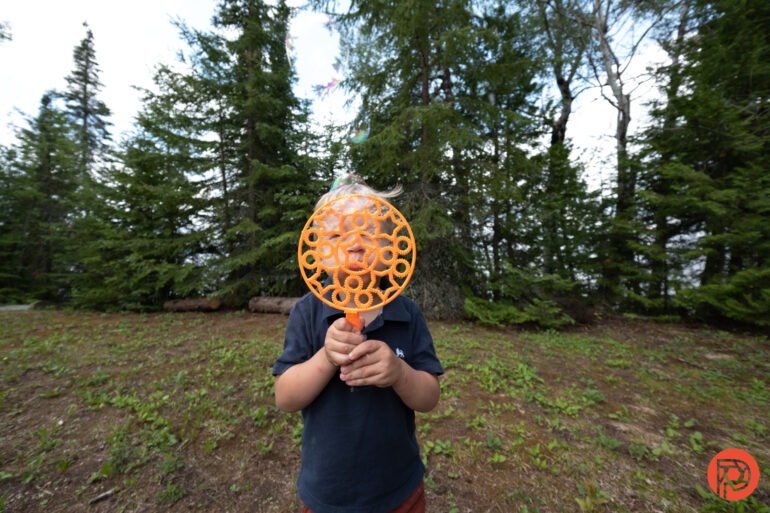
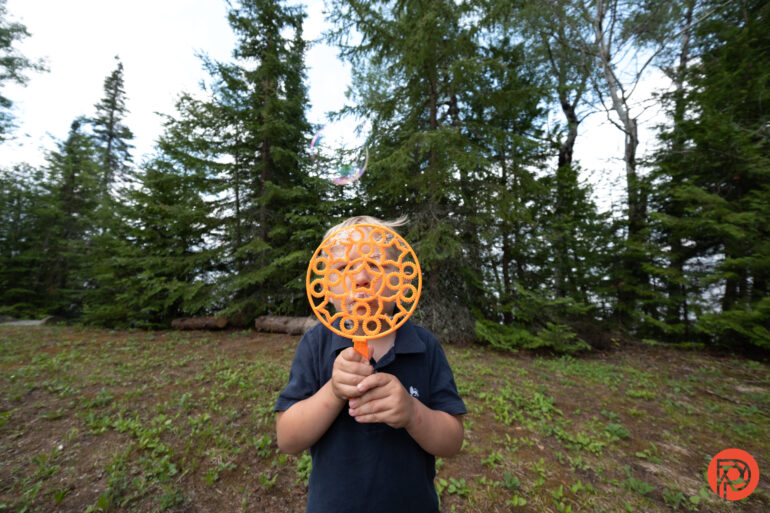
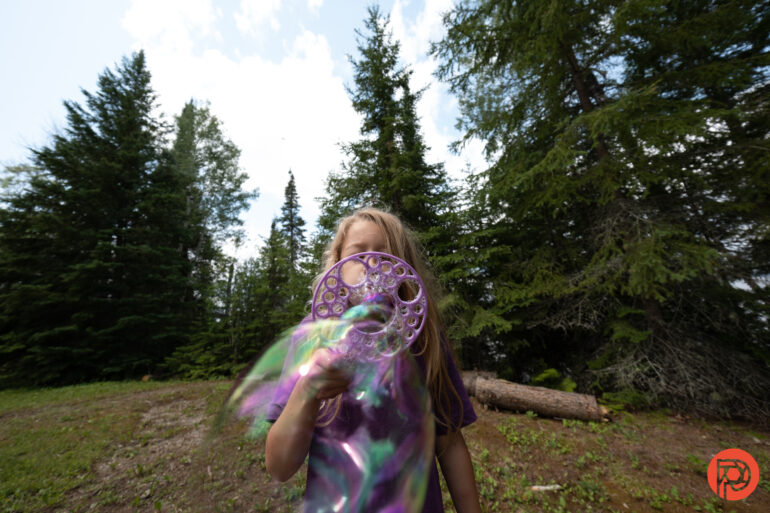
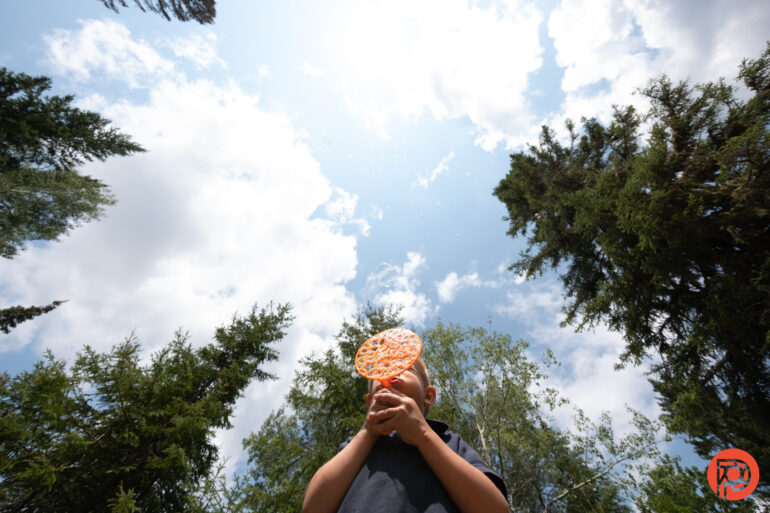
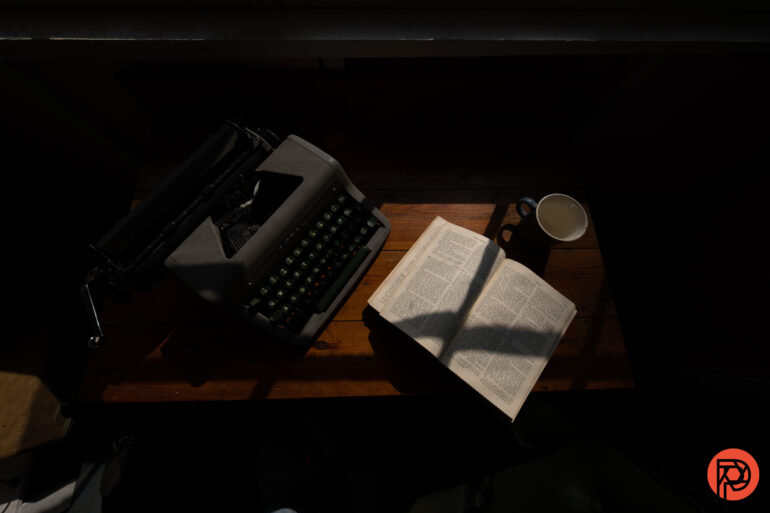
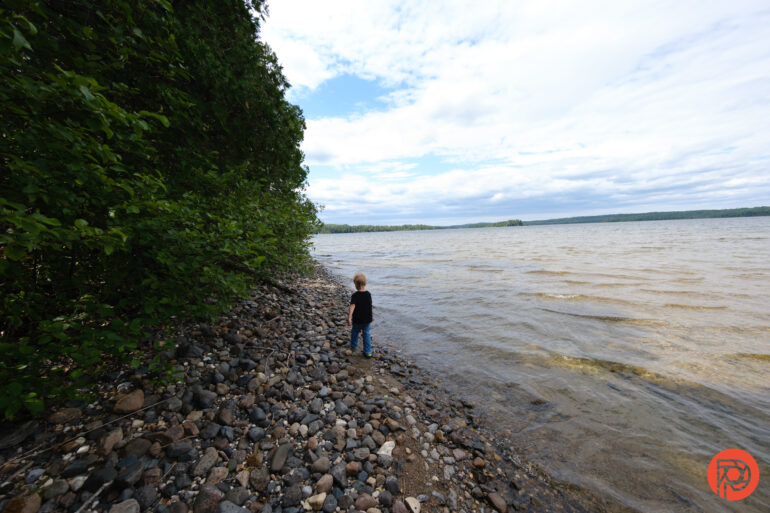

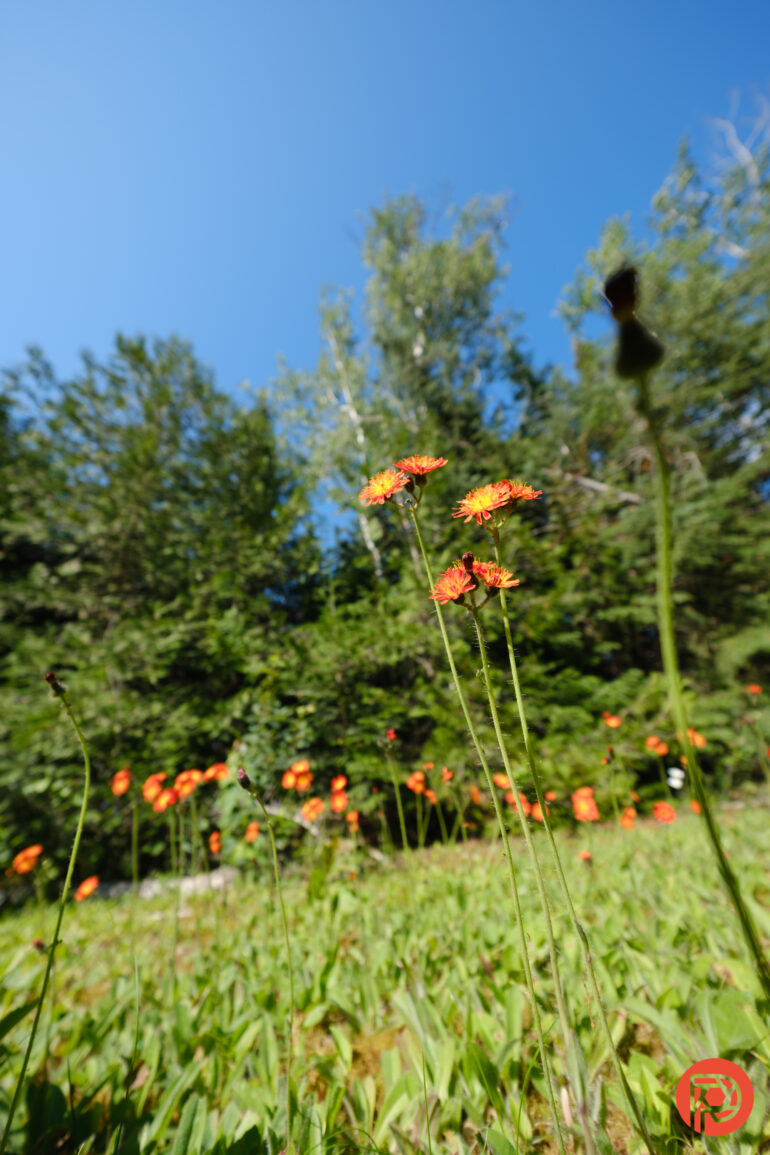
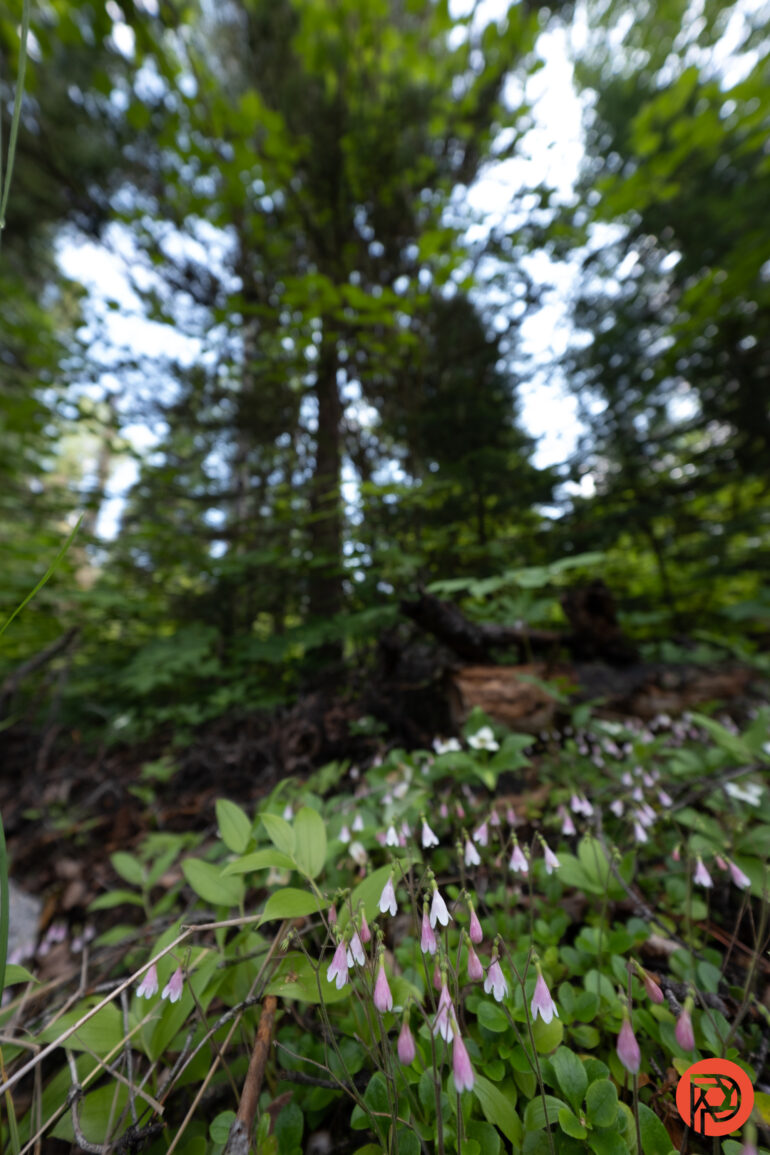
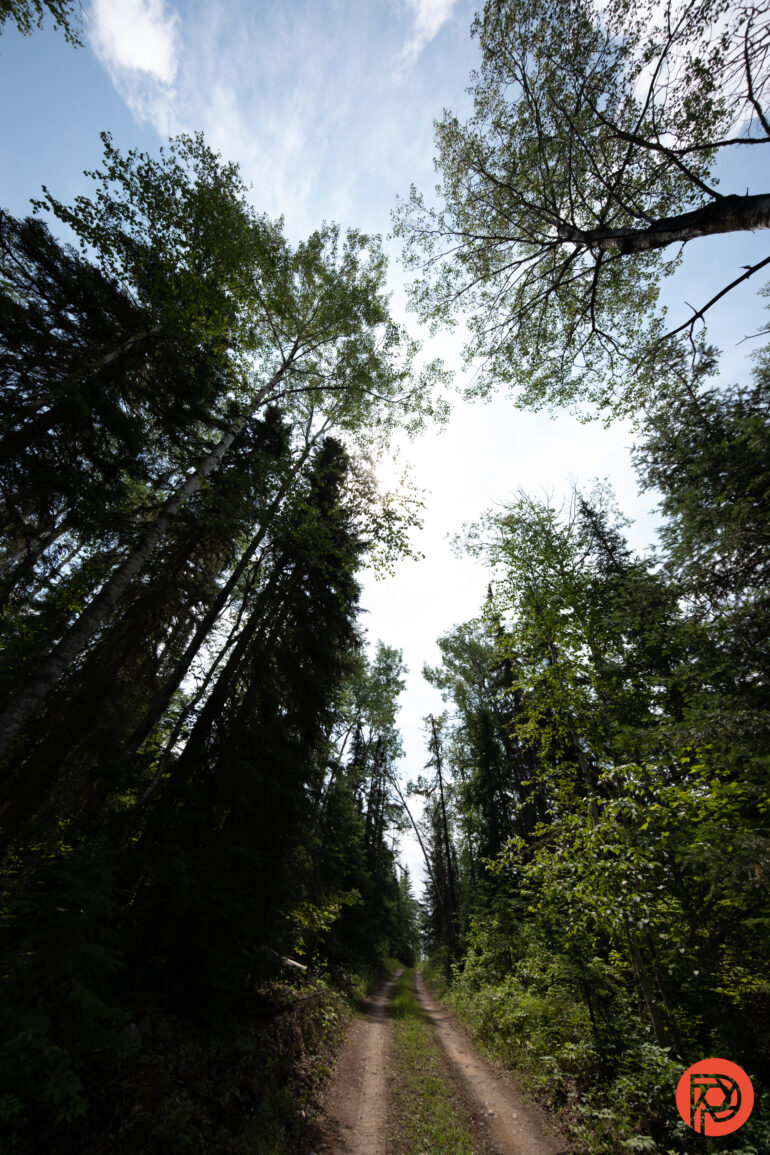
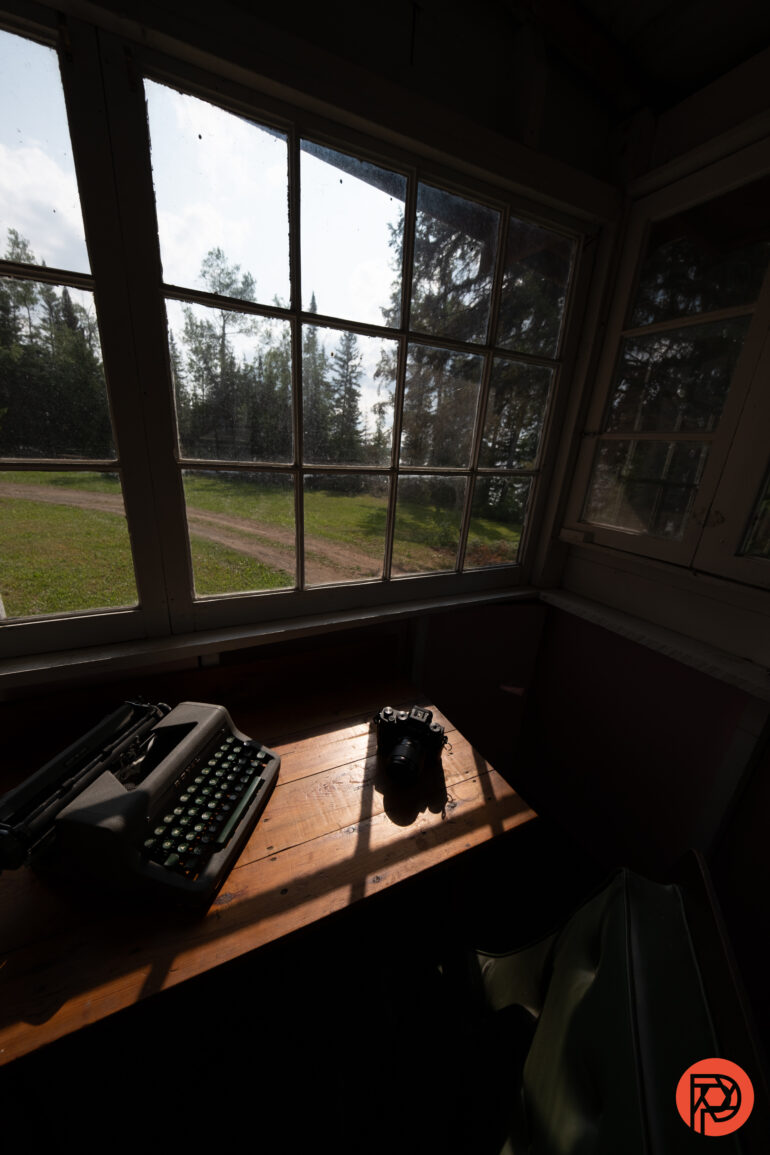
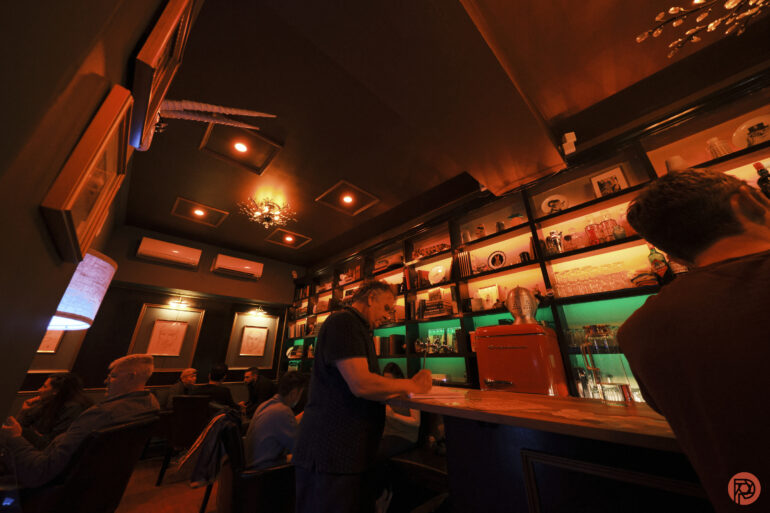
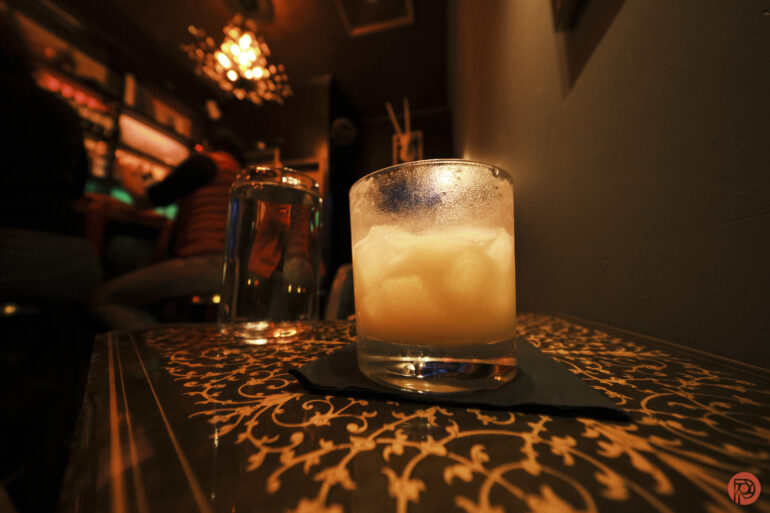
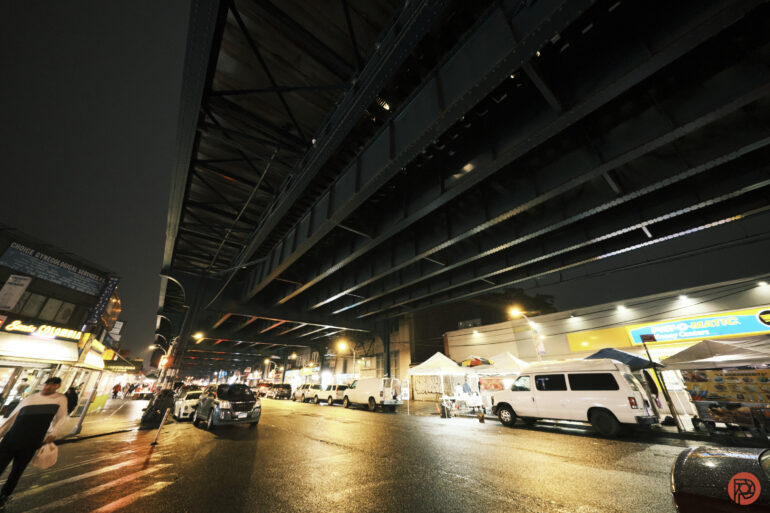
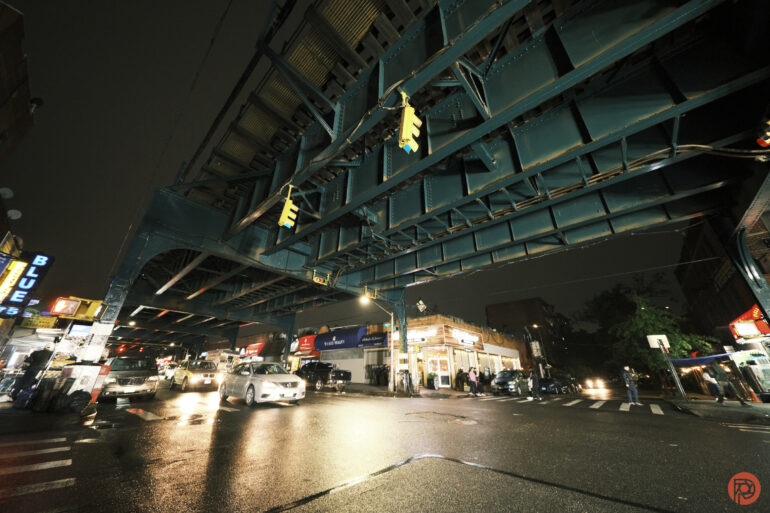
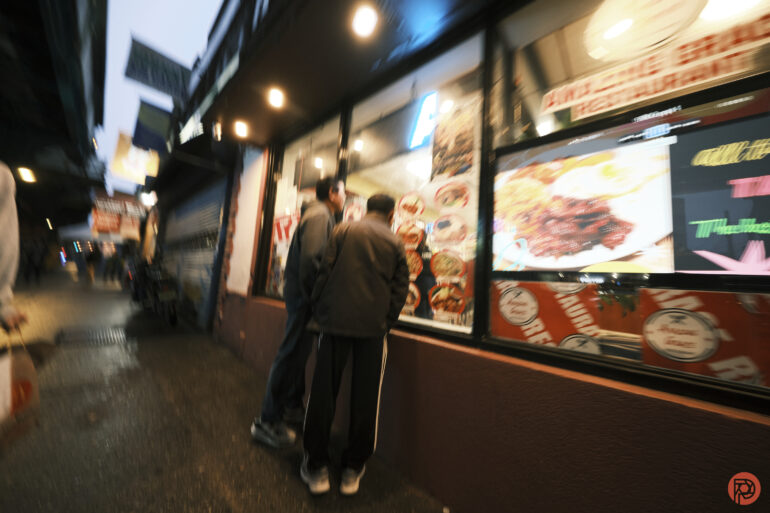

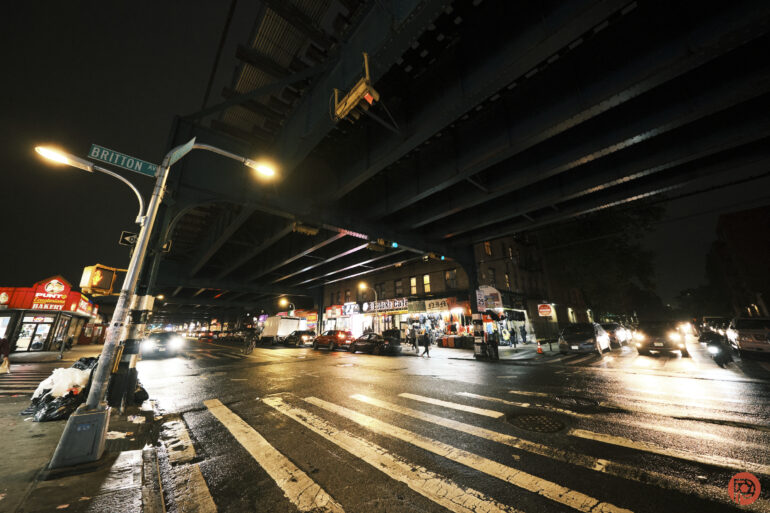
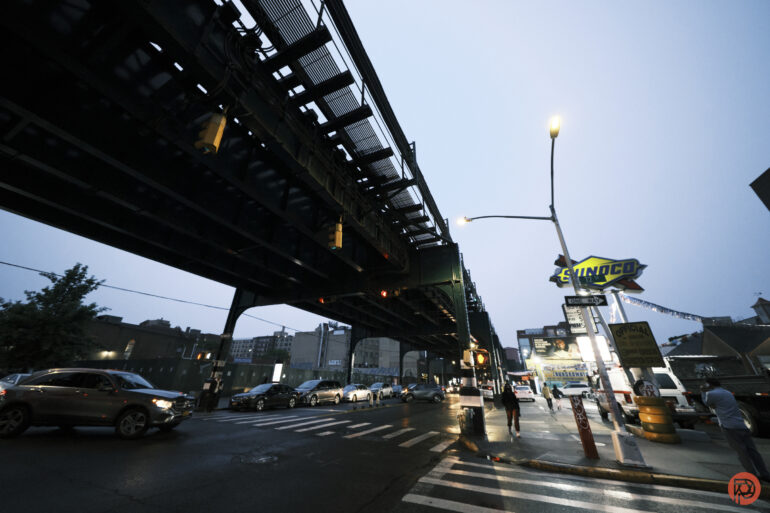
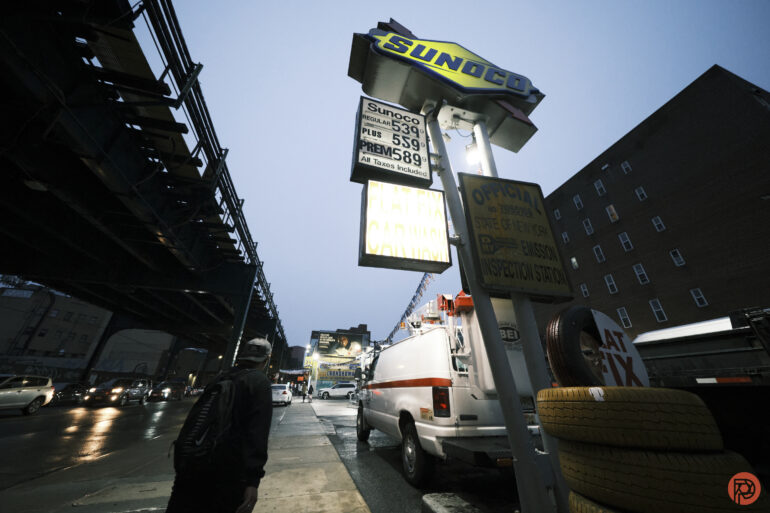
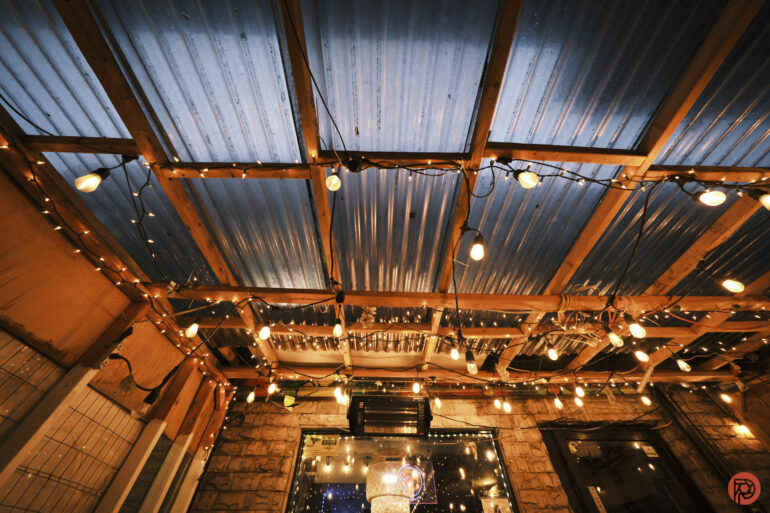
Edited
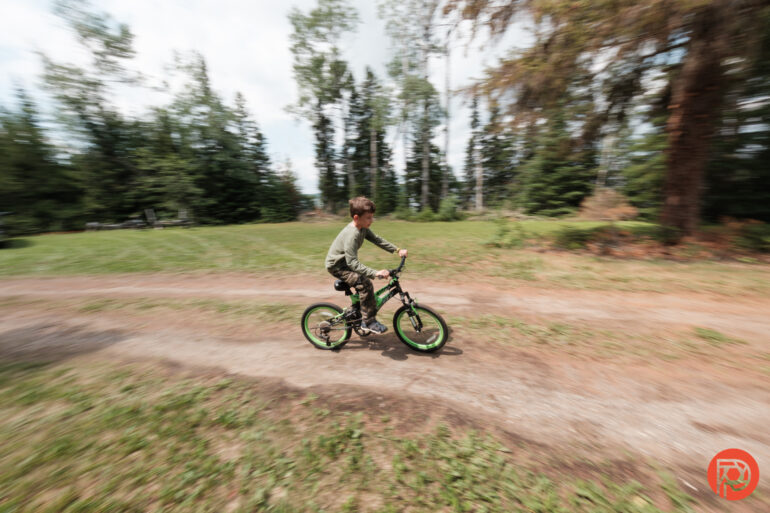
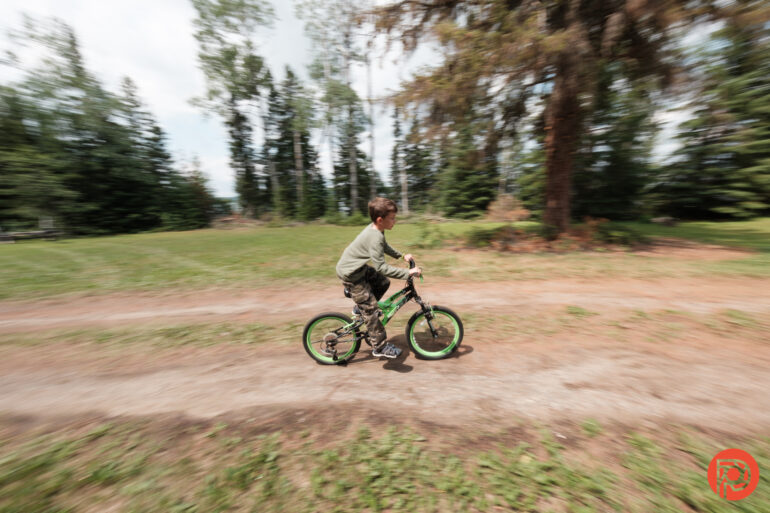
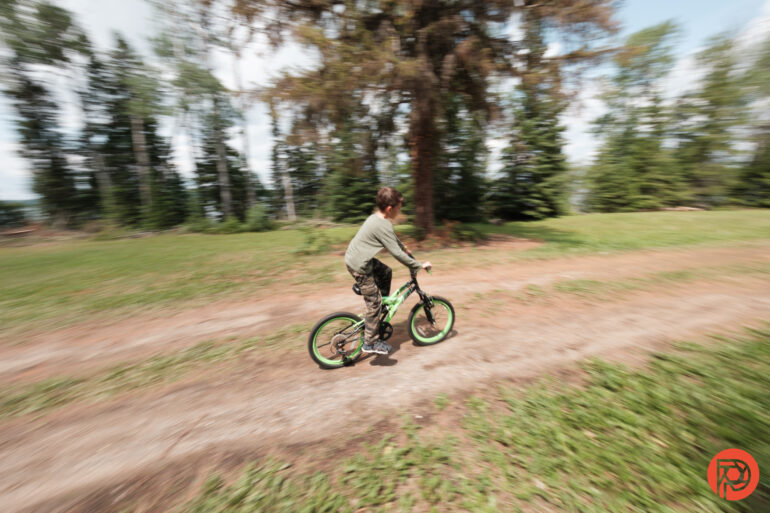
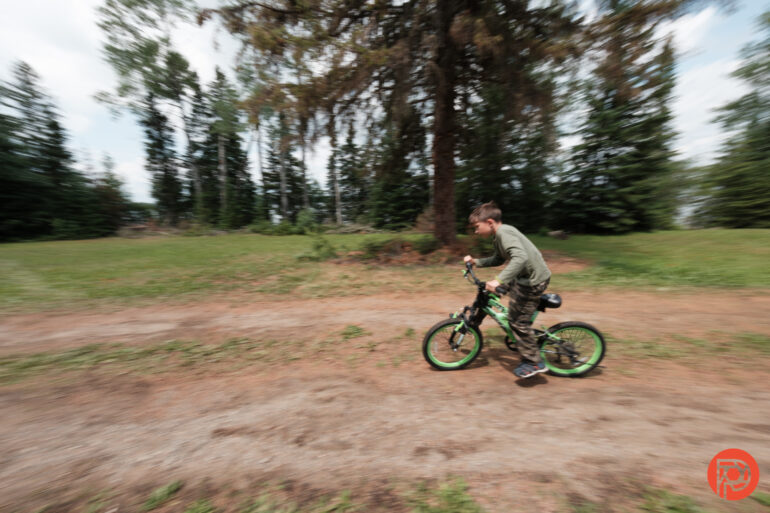
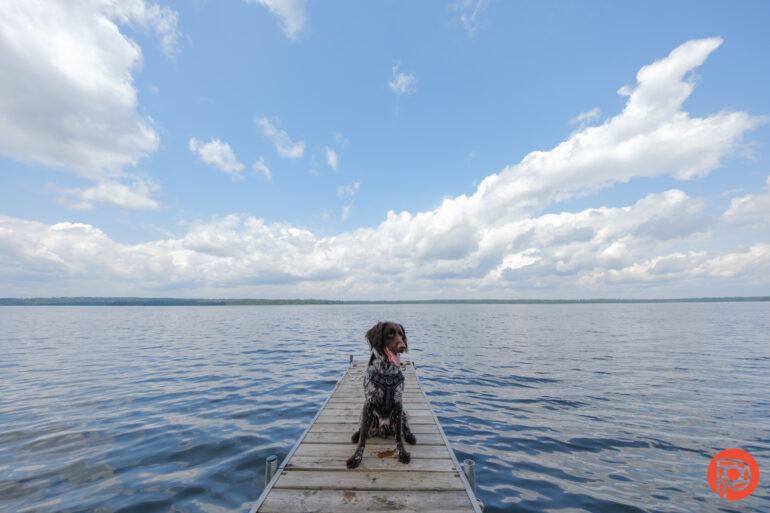
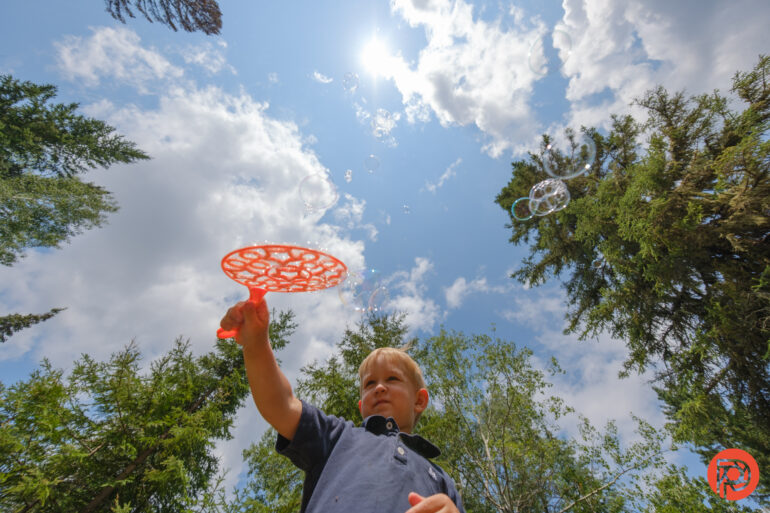
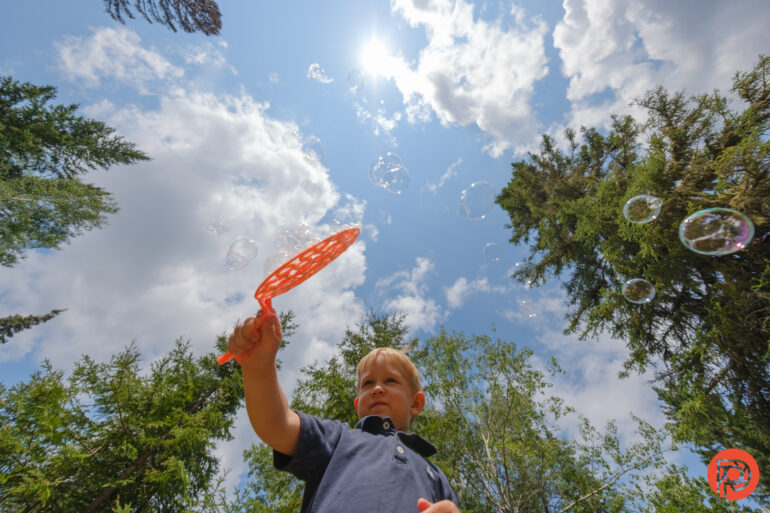
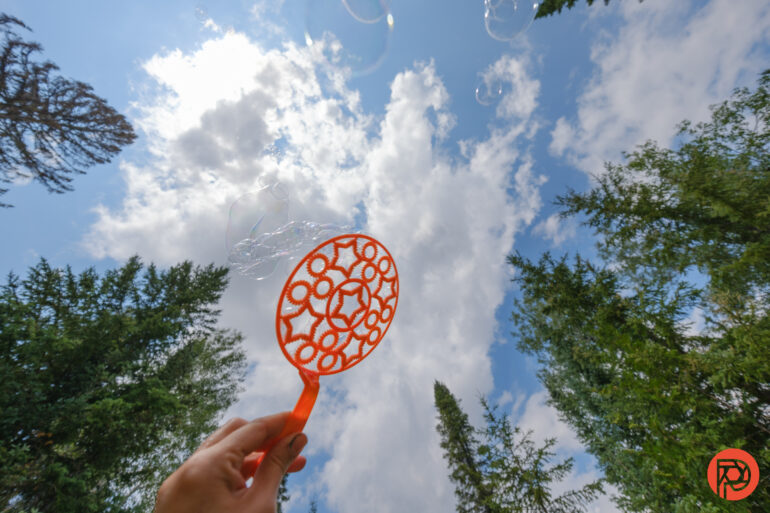
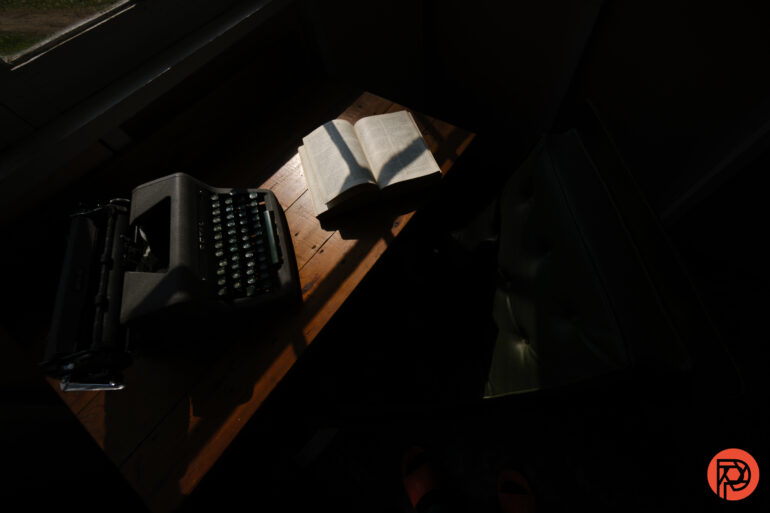
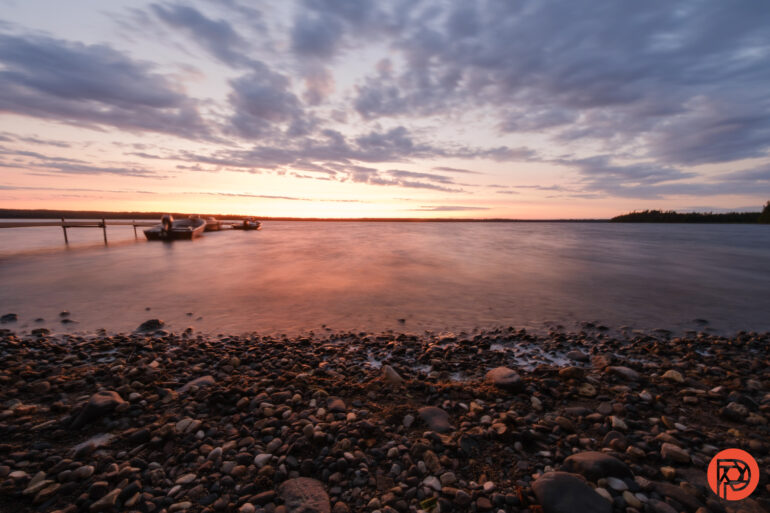
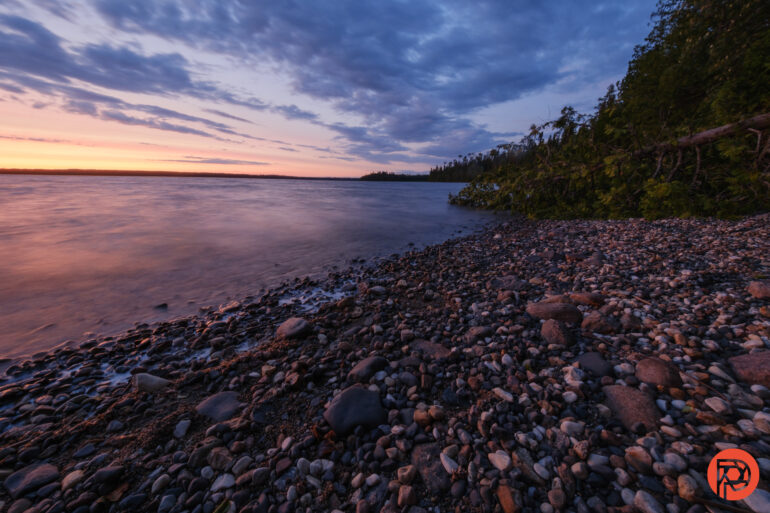
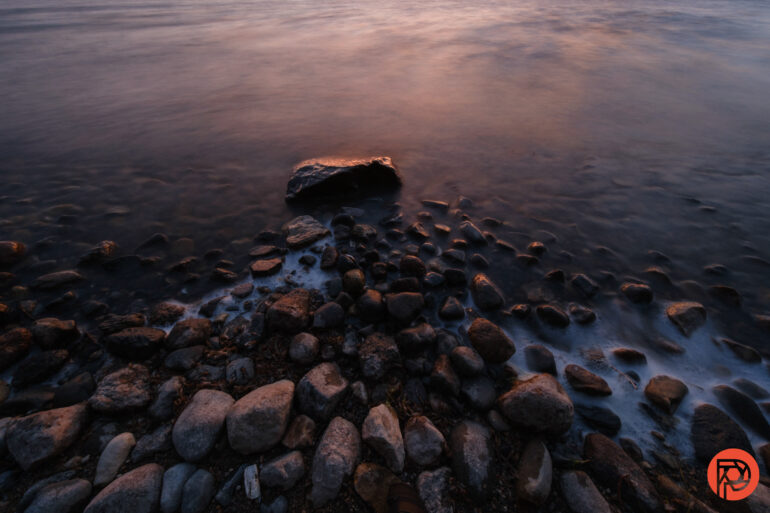
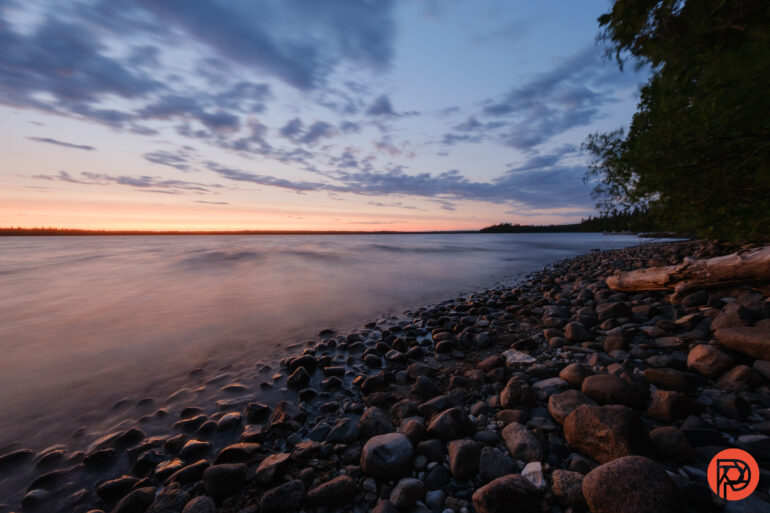
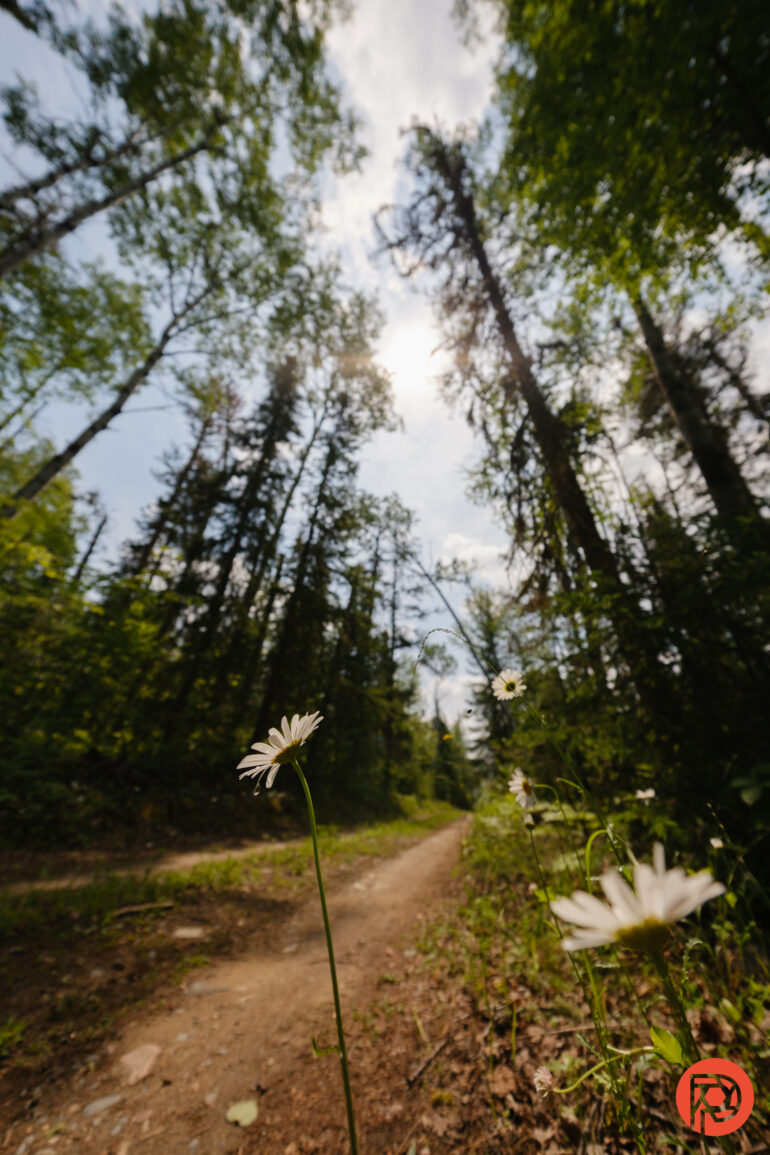
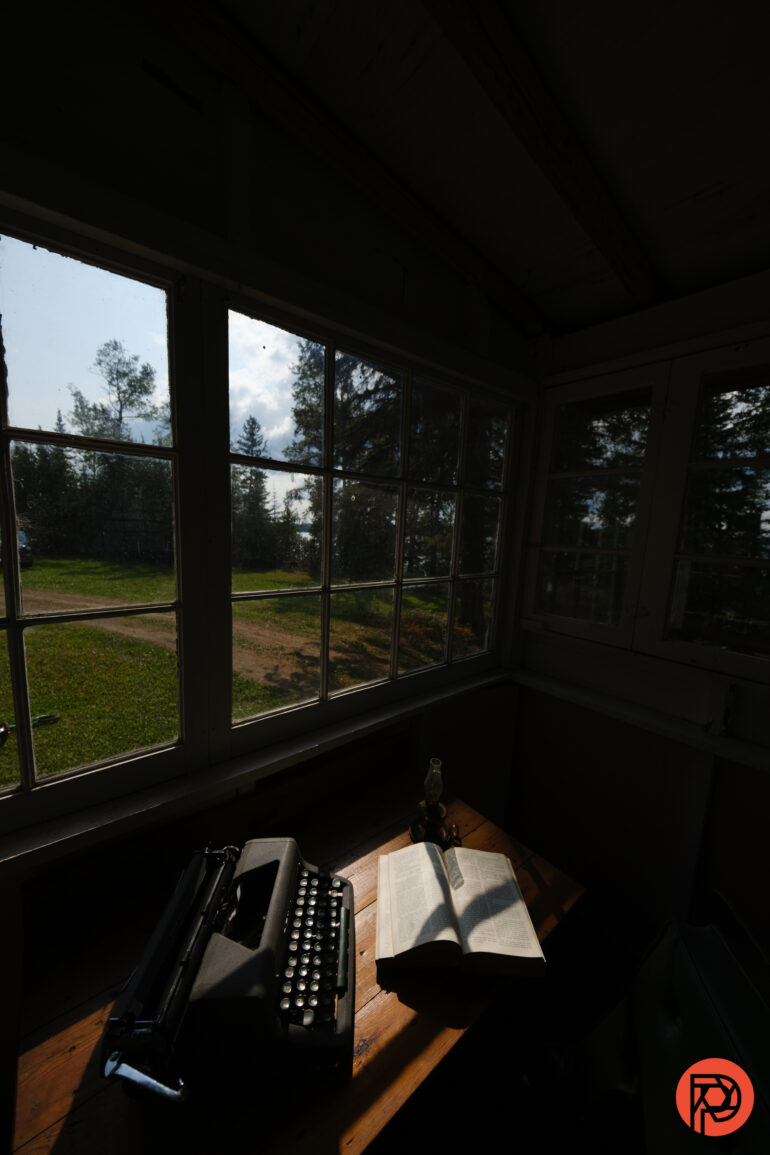
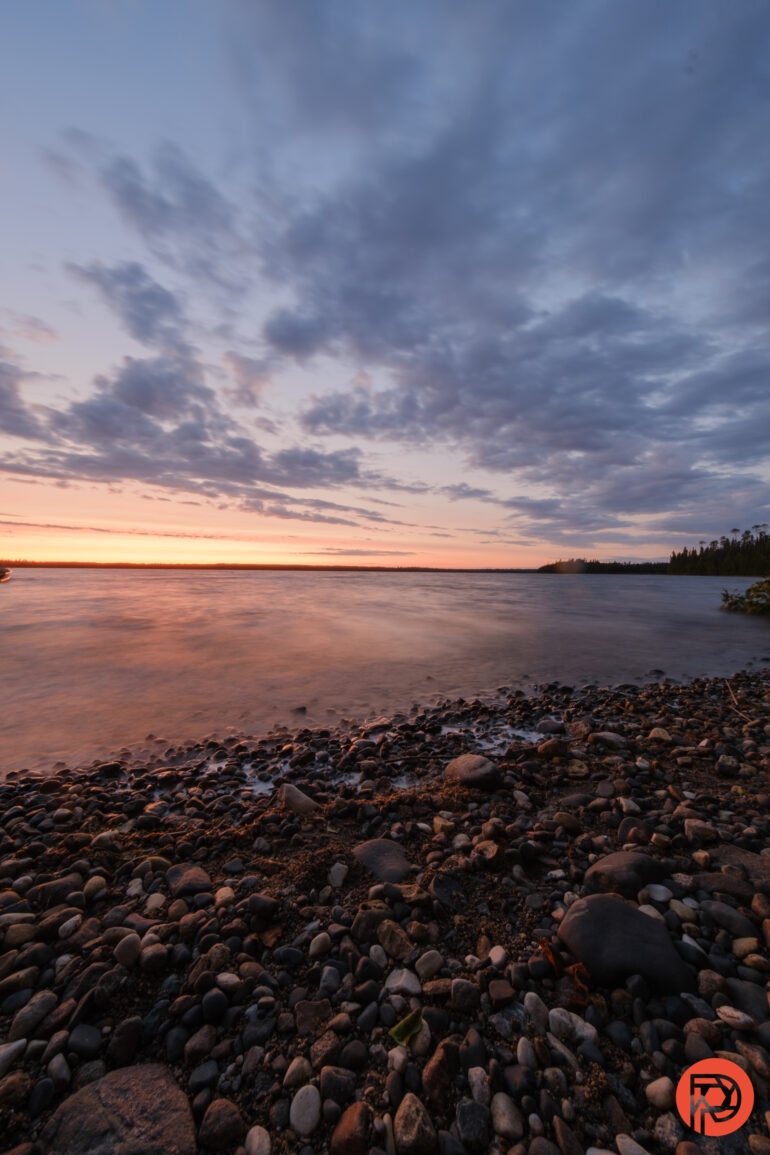
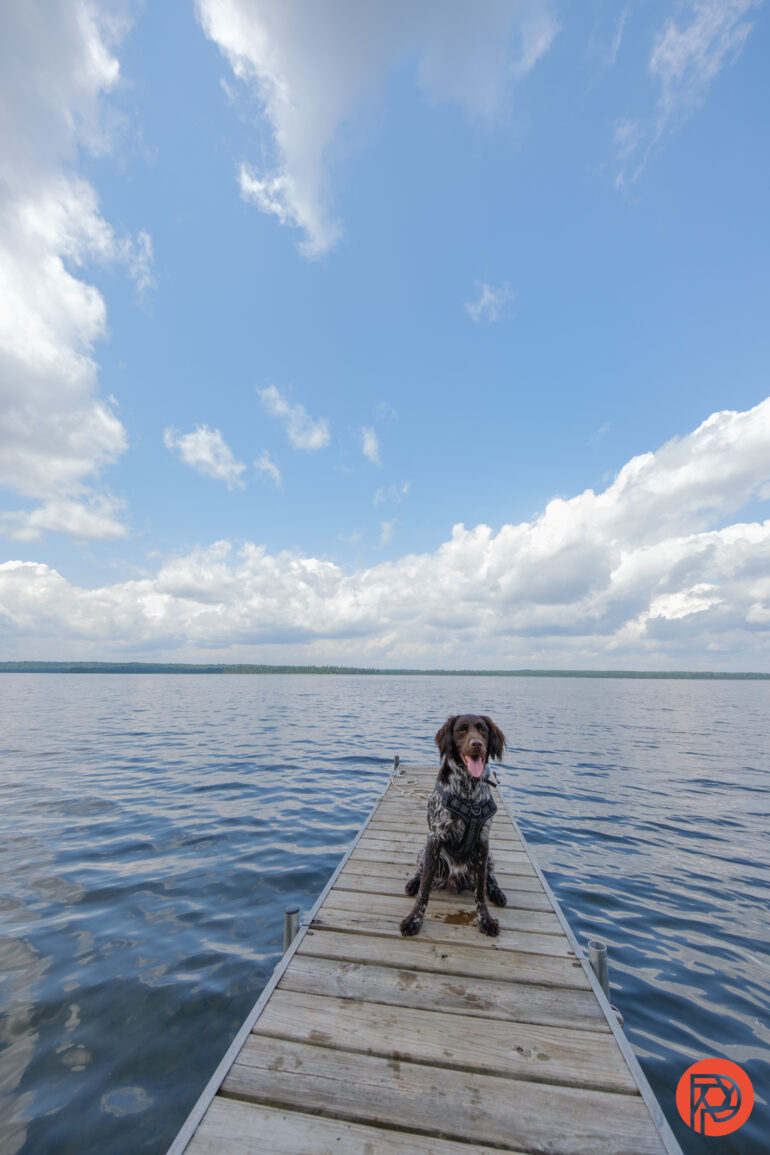
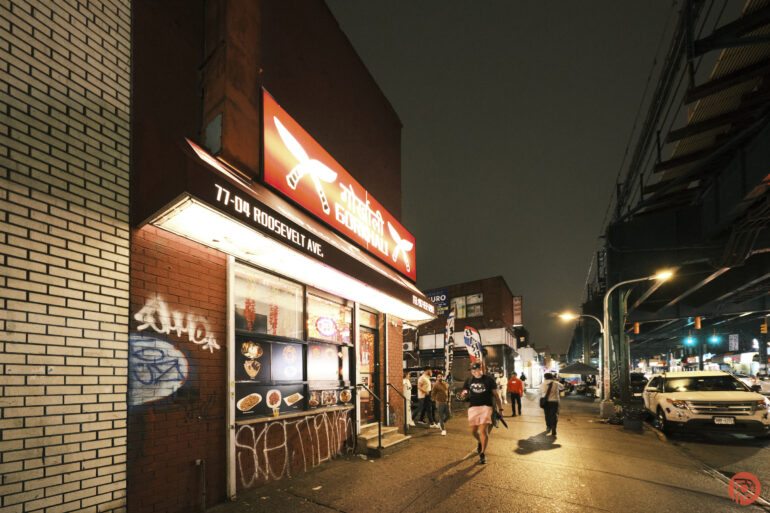
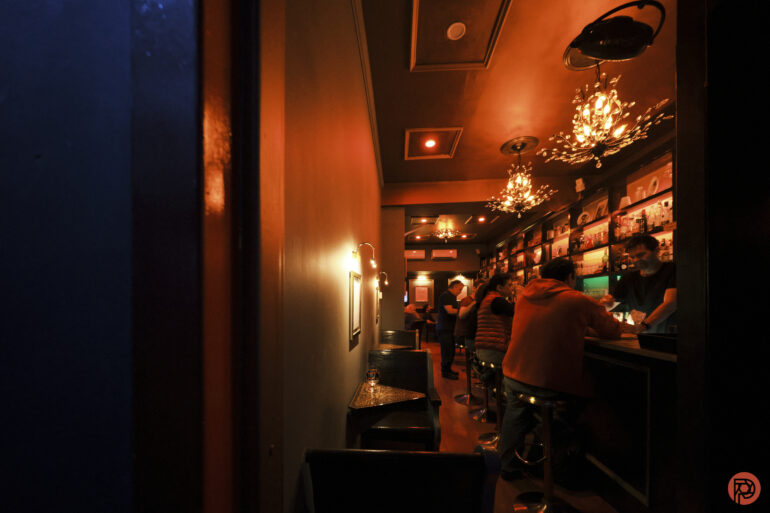
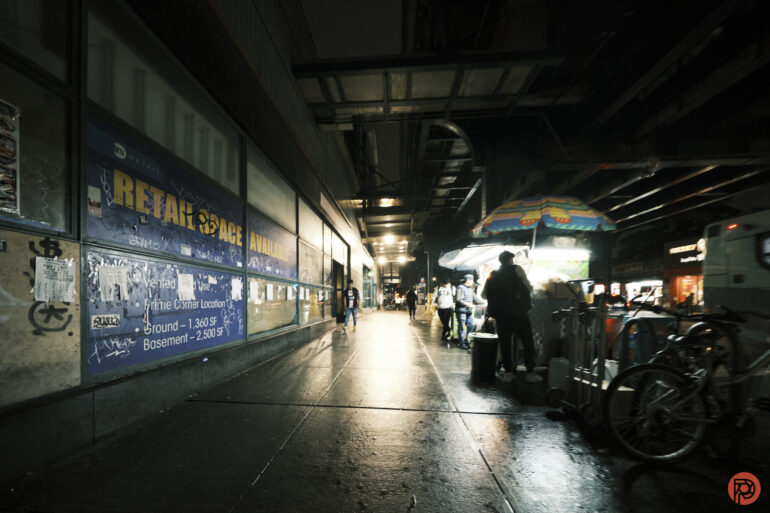
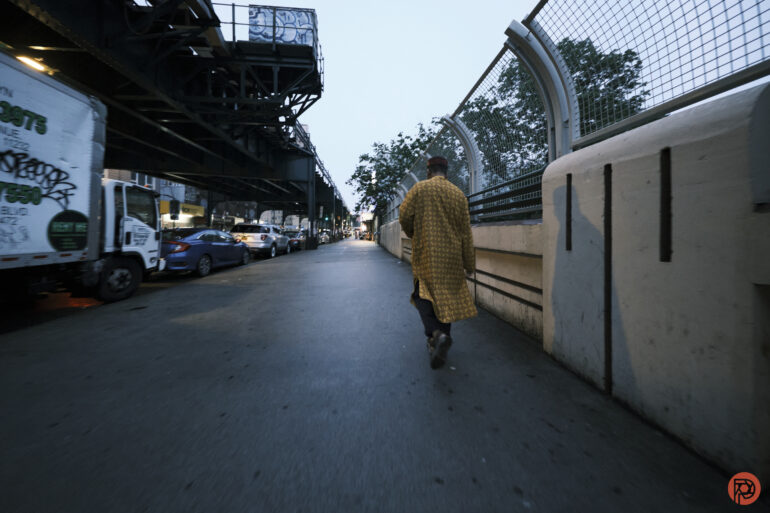

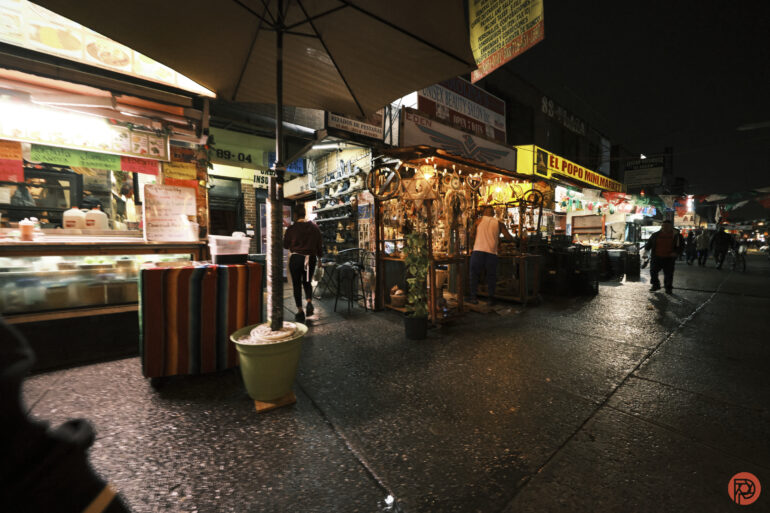
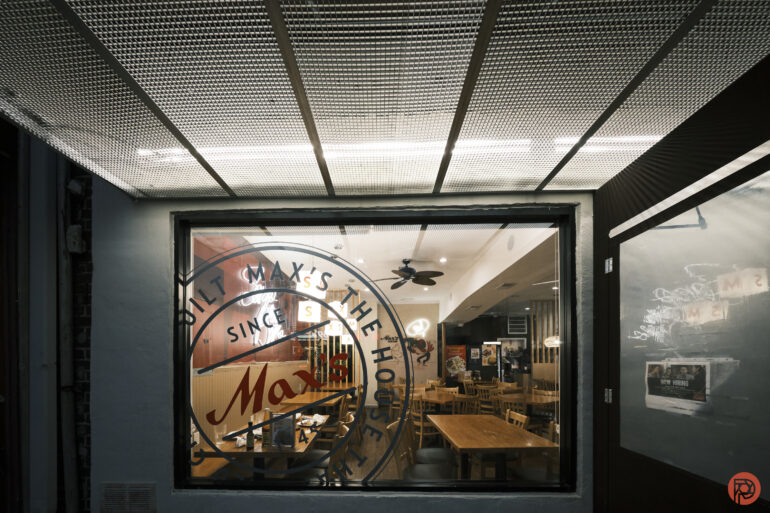
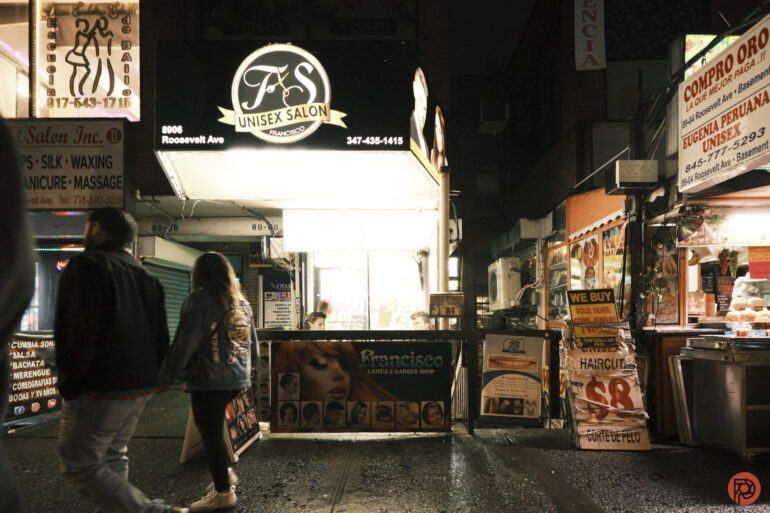
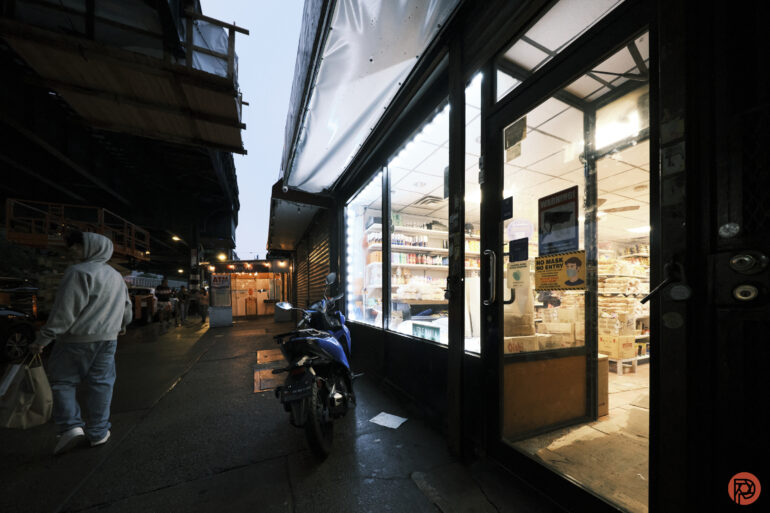
Who Should Buy It?
Fujifilm X shooters that want a Fuji-branded 8mm view have two options: the Fujifilm 8mm f2.5 or the Fujifilm 8-16mm f2.8. The zoom is going to deliver a bit more flexibility and background blur. And yes, it’s a little odd that the zoom is actually brighter than the prime. But, the 8-16mm is also nearly twice as expensive as the prime lens and nearly four times as heavy.
Photographers that don’t want the cost or the weight are really going to love the Fujifilm 8mm f3.5. Sure, it’s not as bright, but it’s a compact lens that’s easy to shoot with all day long. And, of course, the images are charming as well.
Tech Specs
LensRentals lists the following technical specifications for the Fujifilm 8mm f3.5:
- Angle of View: 121°
- Aperture Blades: 9, Rounded
- Autofocus: Autofocus
- Brand: Fuji
- Filter Size: 62.0mm
- Focal Length: 8.0-8.0
- General Dimensions (o x L) – lens only: 2.7 × 2.1″ / 68.0 × 52.8mm
- Weight – lens only: 0.5 lb.
- Hood Included: Yes
- Image Stabilization: No
- Item Type: Lens
- Lens Type: Wide Angle
- Max Aperture: 3.5
- Maximum Magnification: 0.07x
- Mfr. Model Number: 16797760
- Minimum Aperture: 22.0
- Minimum Focusing Distance: 0.6feet
- Mount: Fuji
The Phoblographer may receive affiliate compensation for products purchased using links in this blog posted.


